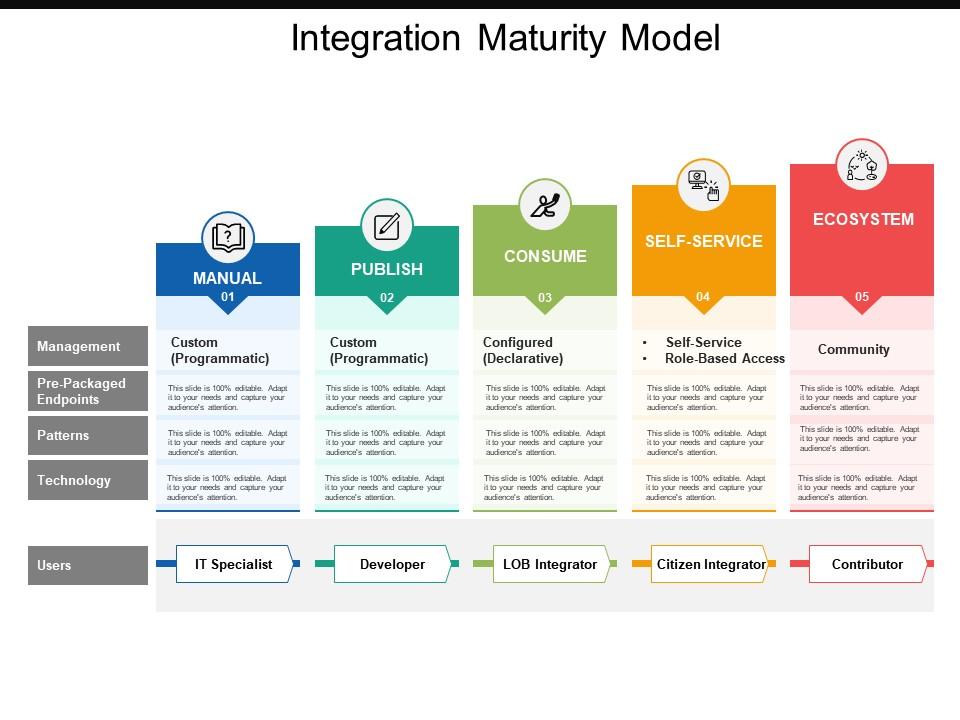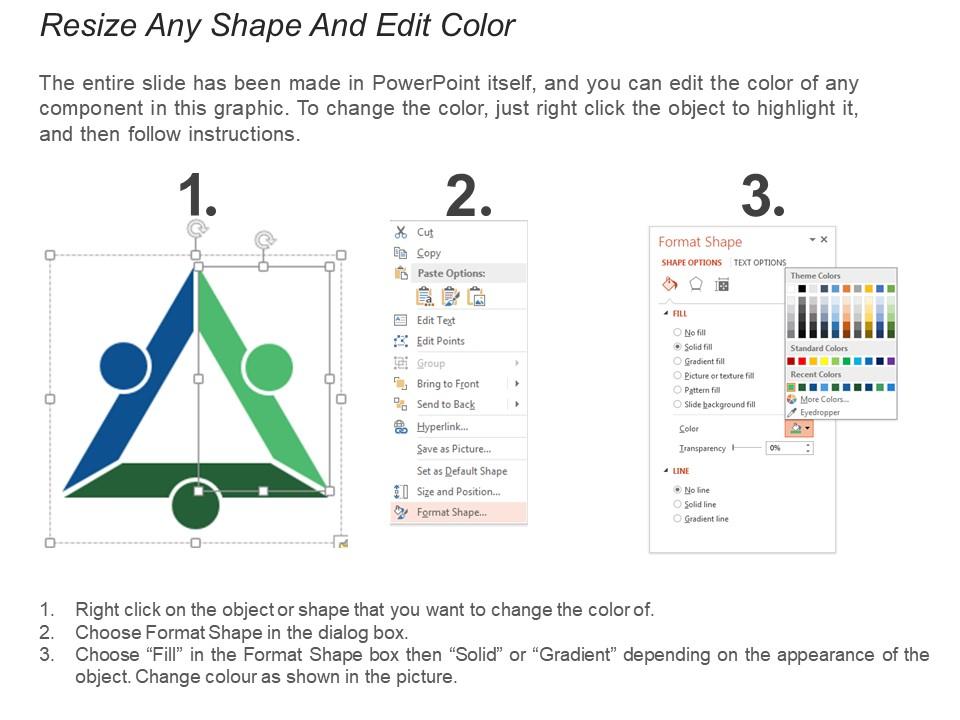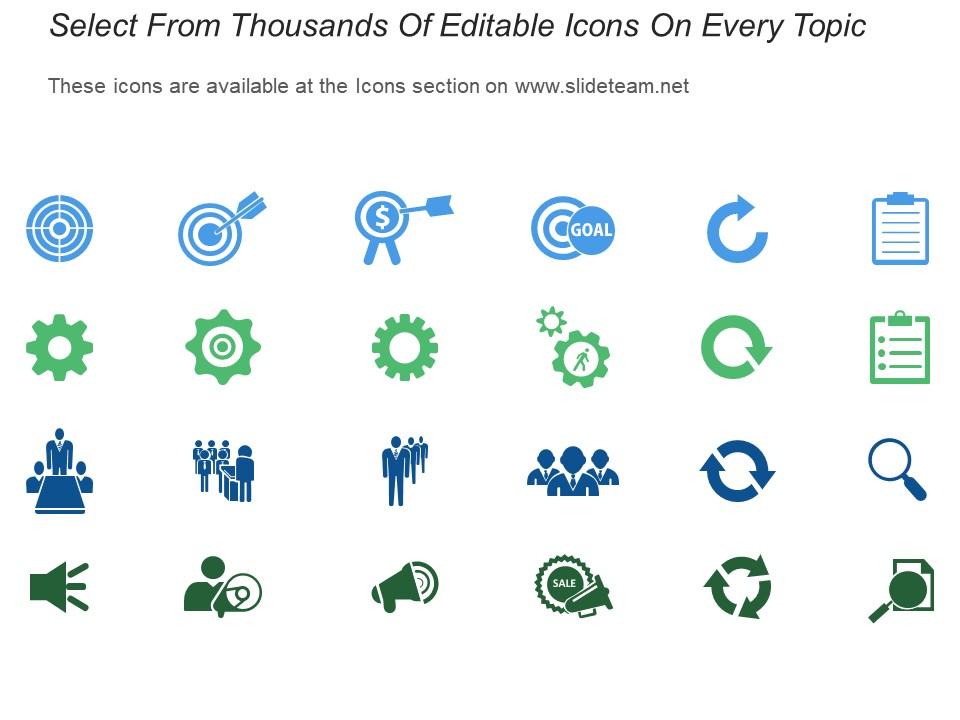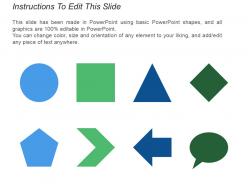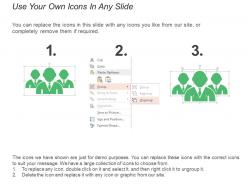Integration maturity model
If you are finding troubles in laying out a PPT presentation on integration maturity model within a constrained time? Try not to freeze! SlideTeam is one of the PowerPoint templates organizations who has thought of a predesigned integration PowerPoint template slide created by skilled illustrations experts’ group. While remembering the customer necessities, our architects have made this integration architecture maturity model presentation slide design. This stunning service integration maturity model PPT slide design includes the symbol of an opened book, paper with a pen, consume, screen, and communication cycle has been conveyed to make this exceptional PPT slides that will help you in snatching the attention of the watchers. The integration template design reflects five phases which are manual, publish, consume, self-service, and ecosystem. Each stage has been given enough space with the goal that you can depict each dimension completely. You can utilize this layout to clarify the idea of a business development model, and integration maturity framework development. Hustle just a bit and download this editable integration maturity model PowerPoint template slide. Display good balance with our Integration Maturity Model. You will always appear level headed.
- Google Slides is a new FREE Presentation software from Google.
- All our content is 100% compatible with Google Slides.
- Just download our designs, and upload them to Google Slides and they will work automatically.
- Amaze your audience with SlideTeam and Google Slides.
-
Want Changes to This PPT Slide? Check out our Presentation Design Services
- WideScreen Aspect ratio is becoming a very popular format. When you download this product, the downloaded ZIP will contain this product in both standard and widescreen format.
-

- Some older products that we have may only be in standard format, but they can easily be converted to widescreen.
- To do this, please open the SlideTeam product in Powerpoint, and go to
- Design ( On the top bar) -> Page Setup -> and select "On-screen Show (16:9)” in the drop down for "Slides Sized for".
- The slide or theme will change to widescreen, and all graphics will adjust automatically. You can similarly convert our content to any other desired screen aspect ratio.
Compatible With Google Slides

Get This In WideScreen
You must be logged in to download this presentation.
PowerPoint presentation slides
Presenting integration maturity model PowerPoint template slide. You can download the slide structure with different hubs and stages. Instructive formats are given with the layout for your course. You can change the tints, content, text dimension and textual style sort of the slide at whatever point required. Formats slide empowers you to erase the watermark. Customize the slide by joining your business logo, trademark, copyright or mark. Better quality illustrations have been utilized than art this format is alterable in PowerPoint. You can extend the slide on expansive screen as the image quality does not get obscure. Accessible in both standard and widescreen see.
People who downloaded this PowerPoint presentation also viewed the following :
Content of this Powerpoint Presentation
Description:
The image presents an "Integration Maturity Model" PowerPoint slide that outlines the progression of integration practices in an organization. It's divided into five stages, each represented by a different color and number, indicating a sequential advancement in integration maturity:
1. MANUAL (Blue): The first stage is manual, characterized by custom (programmatic) management, pre-packaged endpoints, and technology, with IT Specialists as the primary users.
2. PUBLISH (Green): The second stage moves towards publishing, with still custom (programmatic) but more advanced management. Developers are the key users in this phase.
3. CONSUME (Light Green): At this stage, the model shifts to consumption, where configurations become declarative. Line of Business (LOB) Integrators are the users here, indicating a shift towards non-technical personnel handling integration.
4. SELF-SERVICE (Yellow): The fourth stage is self-service, highlighting self-service and role-based access. It opens up integration to Citizen Integrators, suggesting that business users with no formal IT training are able to perform integration tasks.
5. ECOSYSTEM (Red): The final stage is the ecosystem, which emphasizes community involvement. Contributors, who could be external partners or customers, are actively involved, indicating a mature, open, and collaborative integration environment.
Across the bottom of the slide are categories that change with each stage: Management, Patterns, Technology, and Users. As the model progresses, the approach to integration becomes more open and decentralized, with a broader range of users engaging with the technology.
Each stage's description box also includes a note stating that the slide is "100% editable," allowing the presenter to customize the information according to their specific context.
Use Cases:
Integration Maturity Models are crucial for organizations to streamline processes. Here are seven sectors where this slide could be particularly relevant:
1. Software Development:
Use: Mapping the evolution of software integration practices.
Presenter: Chief Technology Officer.
Audience: Software Development Teams, Product Managers.
2. Telecommunications:
Use: Demonstrating stages of network integration and management.
Presenter: Network Architect.
Audience: Engineering Teams, Operational Managers.
3. Banking and Finance:
Use: Outlining the advancement in financial systems integration.
Presenter: Chief Information Officer.
Audience: IT Department, Compliance Officers.
4. Healthcare:
Use: Showing the progress in healthcare information systems integration.
Presenter: Healthcare IT Specialist.
Audience: Hospital Administrators, Medical Staff.
5. Retail:
Use: Depicting the integration of retail management systems from manual to AI-driven.
Presenter: Retail Systems Manager.
Audience: Store Managers, IT Teams.
6. Supply Chain and Logistics:
Use: Illustrating integration levels in supply chain management software.
Presenter: Logistics Director.
Audience: Warehouse Managers, Distribution Partners.
7. Automotive:
Use: Explaining integration stages in manufacturing and design systems.
Presenter: Manufacturing Systems Engineer.
Audience: Production Teams, Design Engineers.
Integration maturity model with all 5 slides:
Add some fizz with our Integration Maturity Model. Then Just sit back, relax, have a coke.
No Reviews


